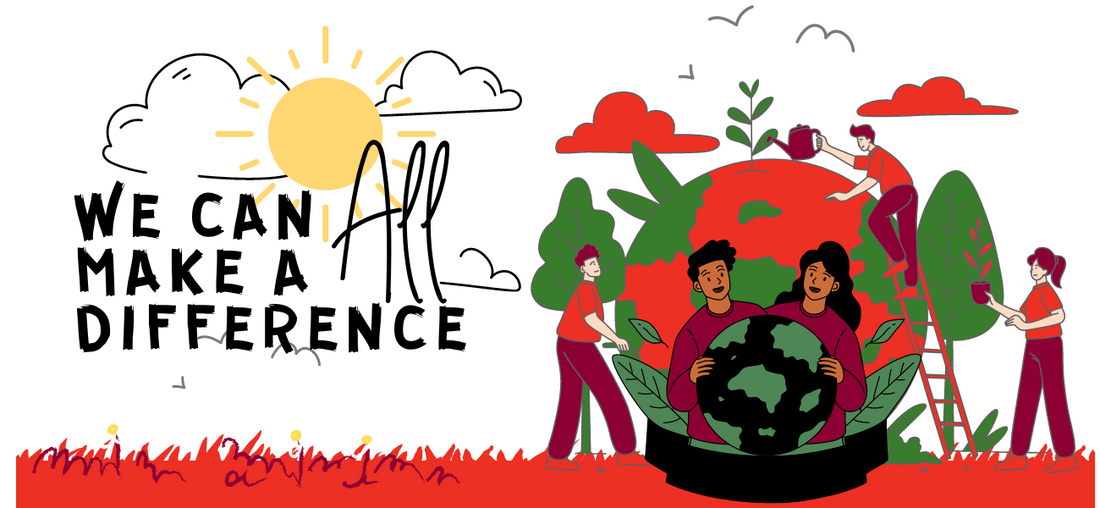
Introducing: The Circular Economy!
The circular economy is an exciting and innovative economic system that aims to eliminate waste and the continual use of resources. It is based on three principles: designing out waste and pollution, keeping products and materials in use, and regenerating natural systems. In contrast to the traditional linear economy, where resources are extracted, used, and then disposed of, the circular economy keeps resources in use for as long as possible, extracting the maximum value from them while in use, and then recovering and regenerating products and materials at the end of their life.
The circular economy is not only about recycling, but also about rethinking the way we design, produce, and consume products. It involves designing products that are durable, repairable, and recyclable, and creating business models that enable the sharing, leasing, and reuse of products. It also involves using renewable energy and materials, and regenerating natural systems by returning valuable nutrients to the soil and improving ecosystems.
In Canada, companies like Ryse Solutions Inc help companies join a larger movement towards a more sustainable and resilient future, where waste is minimized, resources are used efficiently, and the natural environment is protected.
The circular economy offers many benefits, including reduced environmental impact, increased economic growth and innovation, and improved resilience. By keeping resources in use for longer, we reduce the need for virgin materials and the associated environmental impacts of extraction and production. By recovering and regenerating products and materials at the end of their life, we reduce the amount of waste that ends up in landfills or the natural environment. And by designing products and systems with circularity in mind, businesses can create new revenue streams, reduce costs, and increase resilience.
Transitioning to a circular economy is not without its challenges, but the rewards are worth it. It requires a fundamental shift in the way we design, produce, and consume products. It also requires collaboration and partnerships between businesses, governments, and consumers. But with the right mindset and approach, we can create a more sustainable and resilient future for all of us. Let’s embrace the circular economy and all the opportunities it brings!
